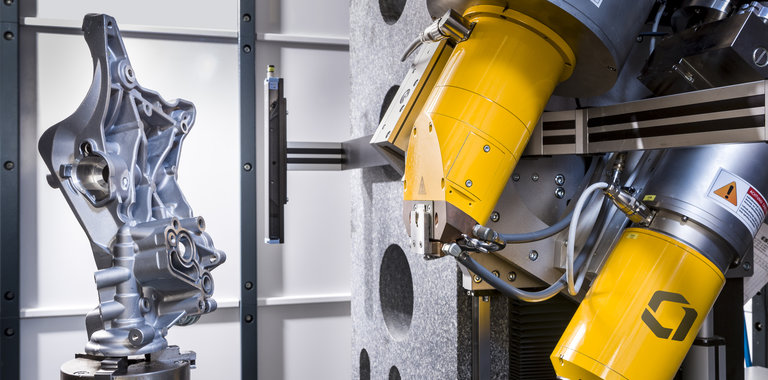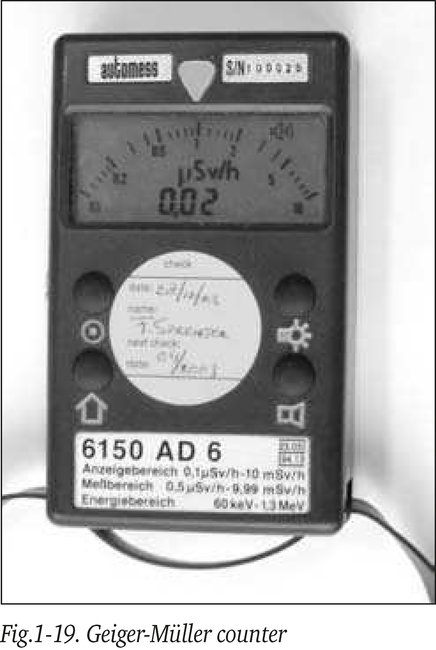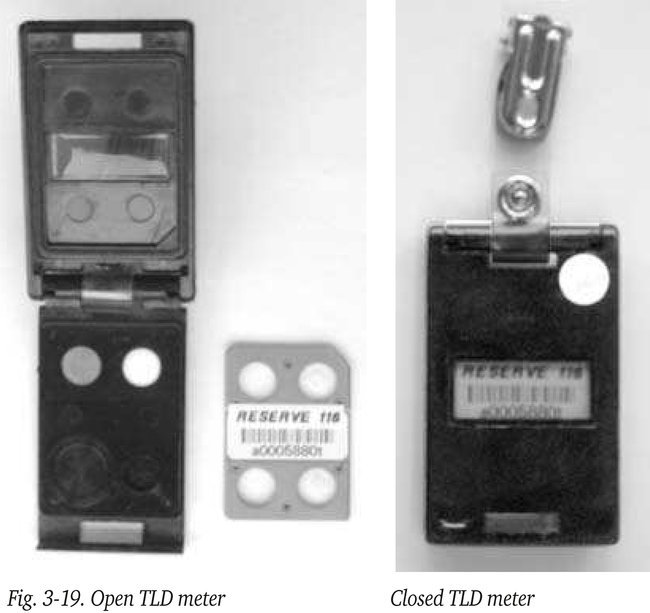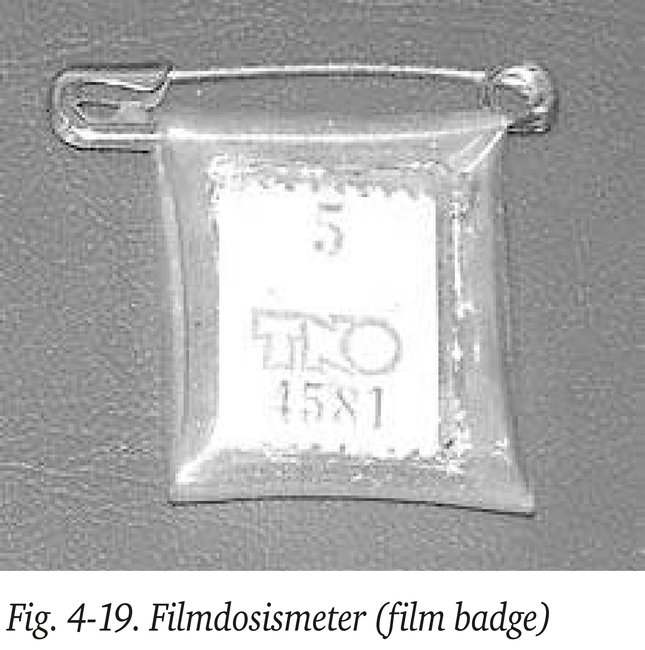
Radiation Measurement & Personal Protection Equipment
In this article:
- Radiation Measurement Requires Specialized Instruments: Since ionizing radiation is invisible and undetectable by human senses, professionals rely on instruments like dose rate meters, Geiger-Müller counters, and scintillation counters for accurate detection and monitoring.
- Dose Rate Meters and GM Counters Provide Real-Time Readings: These portable devices measure radiation intensity in microsieverts or millisieverts per hour, helping determine safe working distances and exposure levels during radiographic operations.
- Scintillation Counters Offer High Sensitivity and Versatility: Using sodium-iodide crystals and photomultipliers, scintillation counters convert radiation into light pulses for precise measurement and analysis of various radiation types.
- Personal Dosimeters Track Cumulative Exposure: Thermoluminescent dosimeters (TLDs) and film badges are worn by personnel to monitor long-term radiation exposure, ensuring compliance with occupational safety limits.
- Integrated Safety Systems Enhance Radiation Protection: Combining real-time monitoring with personal dosimetry and physical shielding strategies ensures comprehensive radiation safety in industrial and medical environments.
Thermoluminescent dose meter (TLD badge)
The TLD meter consists of an aluminium plate with circular apertures. Two of these contain luminescent crystals. Figure 3-19 shows an open TLD-meter and the plate with crystals next to it. The right side of the illustration shows the same meter, now closed. When the meter is read only one crystal is used to determine the monthly dose. The other one is spare and, if necessary, can be read to determine the cumulative dose. The TLD meter is sensitive to X-and gamma radiation of 30 keV and higher. The dose measuring range is large and runs from 0.04 mSv to 100 mSv with an accuracy of ±5 %. The instrument measures 60 x 40 x 10 mm and is convenient to wear.
Film dose meter (film badge)
The film badge consists of two pieces of X-ray film contained, with filters, in a special holder. At the end of a specified period, the films are developed and the density measured. The radiation dose received by the wearer can then be determined by consulting the density/exposure curves, and the type of radiation received can be established by checking the densities behind the filters. Film dose meters as illustrated in figure 4-19 are a very cheap and reasonably accurate method of monitoring personnel in selected areas. They measure 25 x 25 x 5 mm, are robust and convenient to wear.
From what has been said before, it follows that establishing the presence of ionising radiation and measuring its level is of paramount importance. Since ionising radiation cannot be detected by the senses, detectors and measuring equipment are used. There are various instruments with which the radiographer can measure or register radiation. The most common measuring instruments are:
- Dose rate meters
- Scintillation counters
The most common instruments for personal protection are:
- Pendosismeter (PDM)
- Thermoluminescent badge (TLD)
- Film badge
Radiation measuring instruments
Dose rate meters
A portable Geiger-Müller counter of 7 x 15 x 4 cm, see figure 1-19, is the most commonly used instrument for
measuring dose rate, but the more accurate and more expensive ionisation chamber is used as radiation monitor as well. Both instruments measure the electric current that is produced by ionisation. The radiation level can be read instantly off a micro-ampere meter with a μSv/h or mSv/h calibrated scale. Some radiation monitors give an audible signal when a pre-set dose is exceeded. The instruments are used by personnel working with radioactive material or X-ray equipment, to determine the safe distance and the dose rate of for instance 10 μSv/h at the safety barrier. A GM-counter has a measuring range from 1 μSv/h to 2 mSv/h.
Scintillation counter
This is an accurate and multifunctional instrument to measure and analyse radiation. The incidence of ionising radiation on a Sodium-iodine crystal is converted into weak light flashes, which are amplified into electric pulses by an integrated photo-multiplier. By measuring amplitude and number of these electric pulses, energy and intensity (dose rate) of the radiation can be determined. These instruments are predominantly used for scientific purposes.
Personal protection equipment
Pendosismeter (PDM)
The PDM consists of a quartz fibre electrometer and a simple optic lens system housed in a
fountain pen type holder, see figure 2-19. A small charging unit is used to electrically charge the fibre, which can then be viewed through the lens. The fibre is set on the zero mark of the calibrated scale as initial setting for the work period. Any radiation will cause the charge to leak away through its ionising effect and the fibre will move across the scale. The amount of radiation received can be read off the calibrated scale. This type of instrument is excellent for personal protection as it is small, inexpensive and reasonably robust. It can be easily read and records the total amount of radiation received for the work period with an accuracy of ±10 %.




